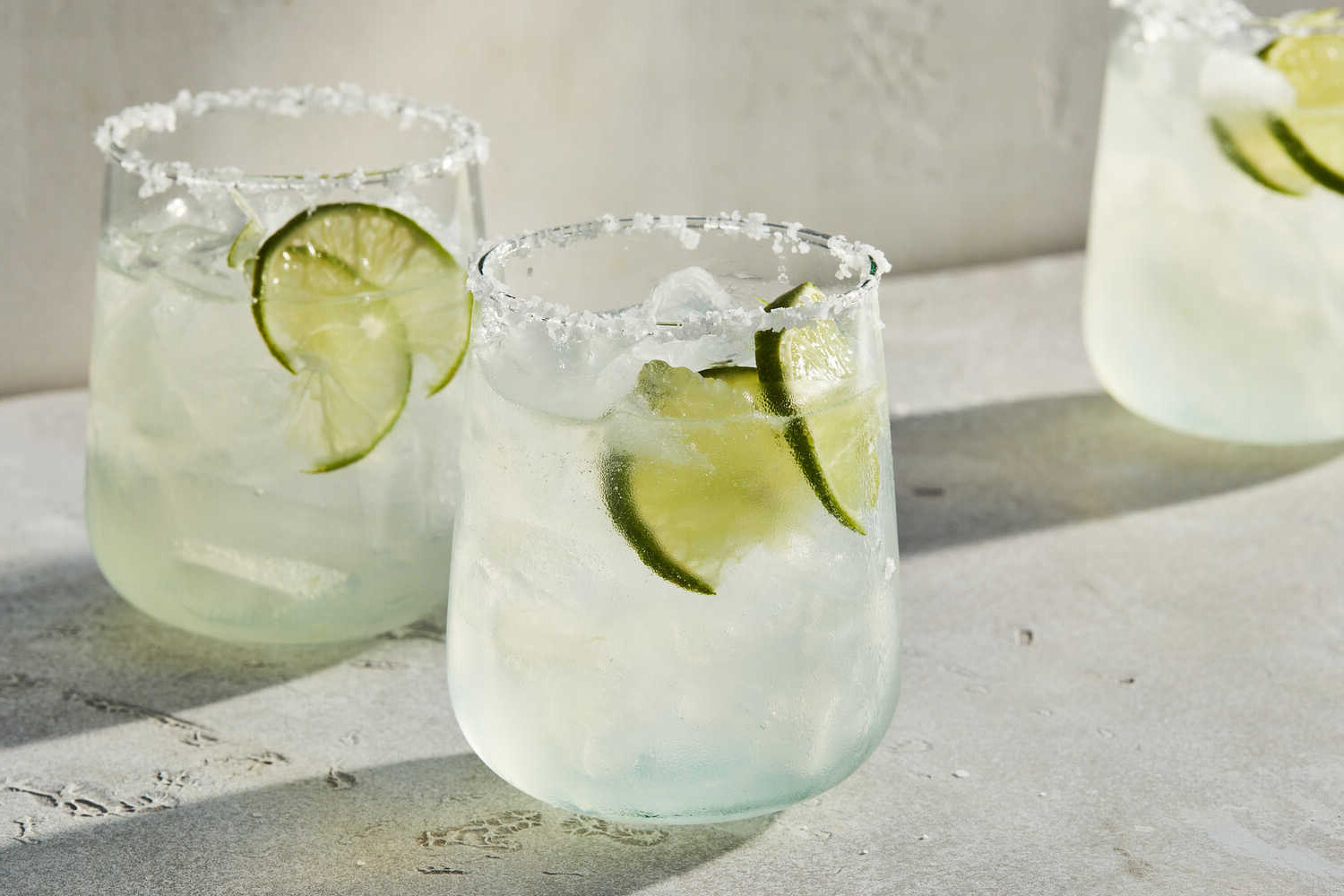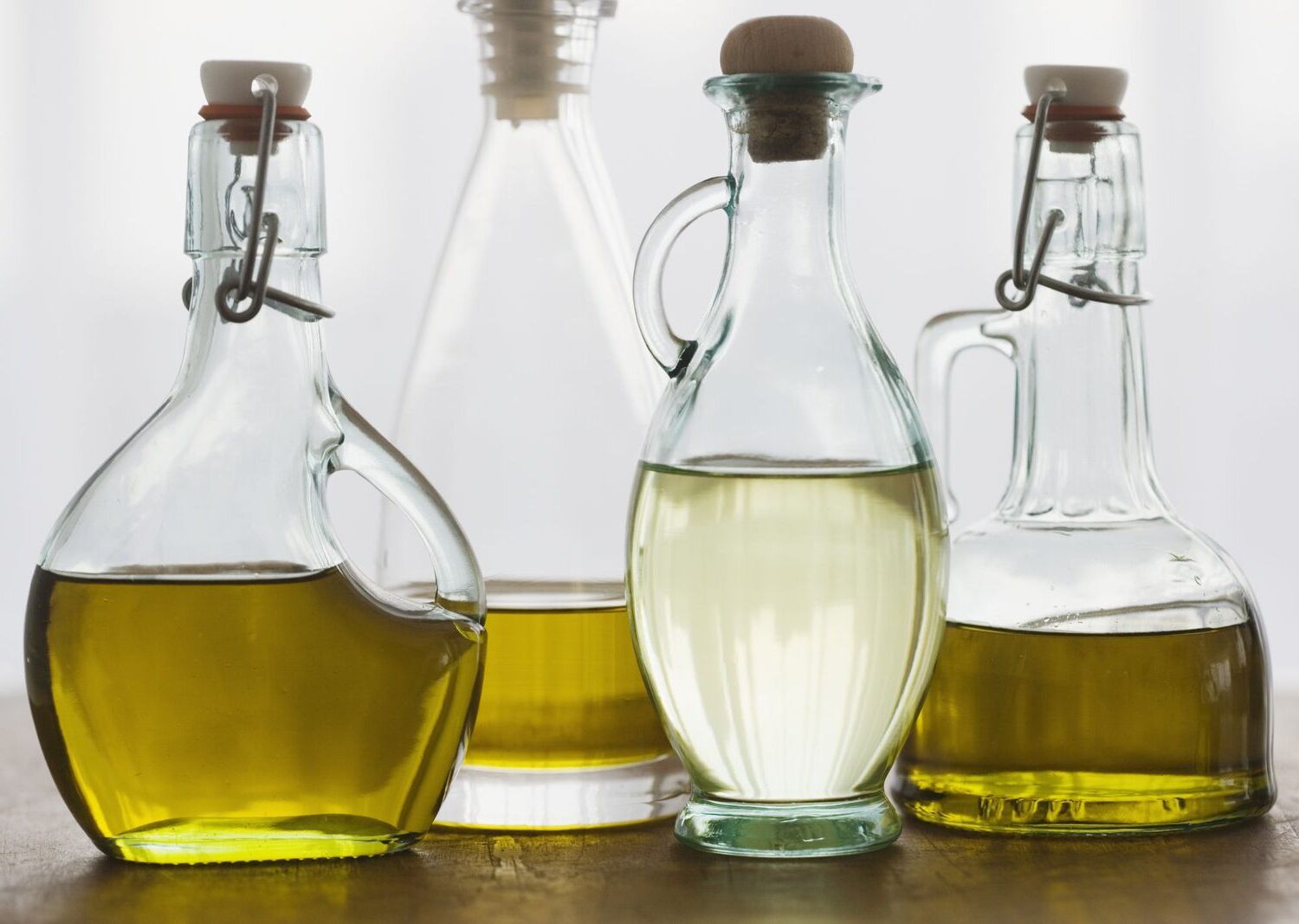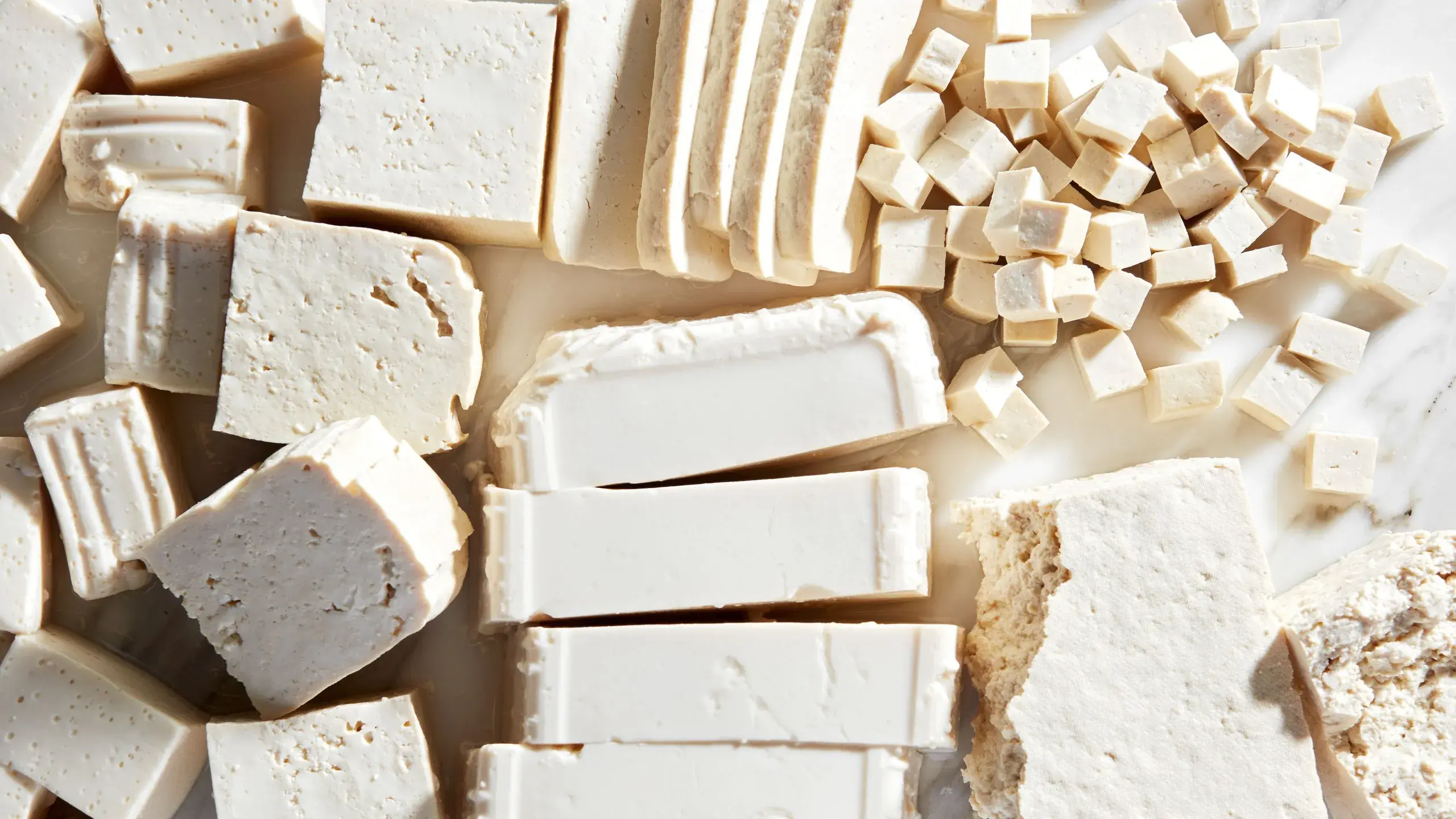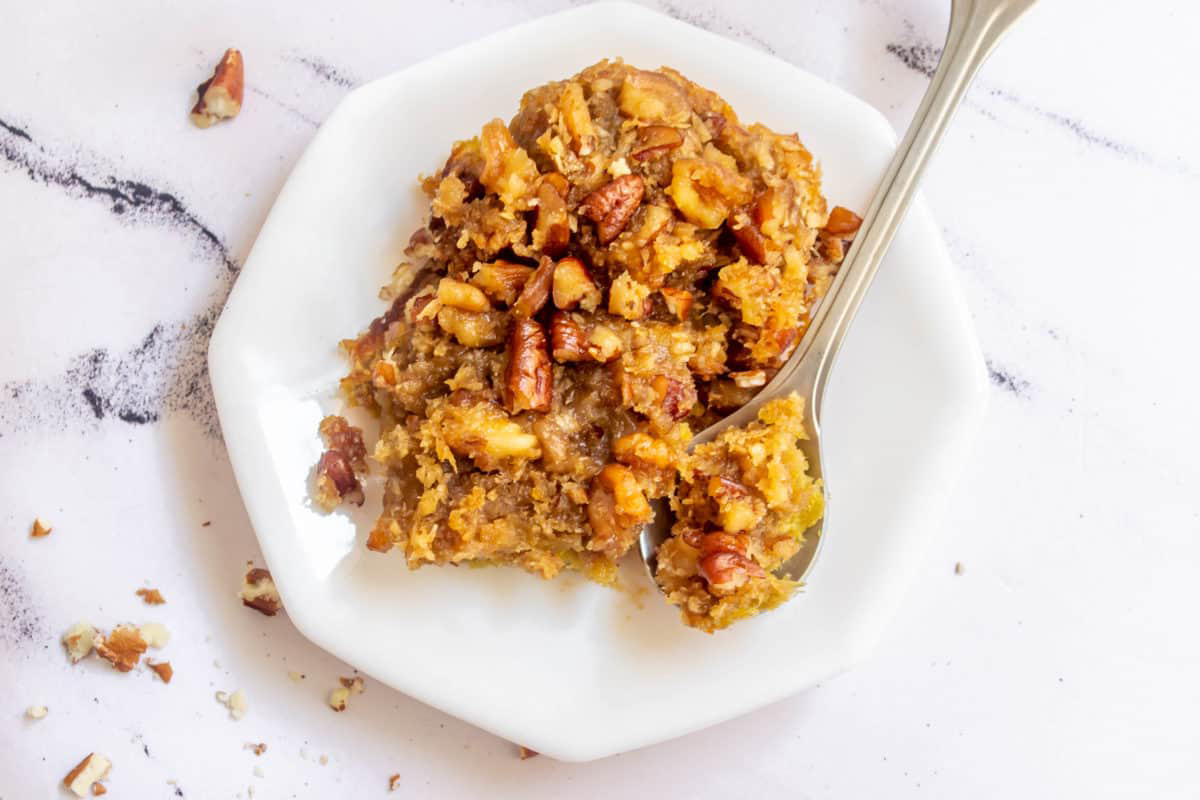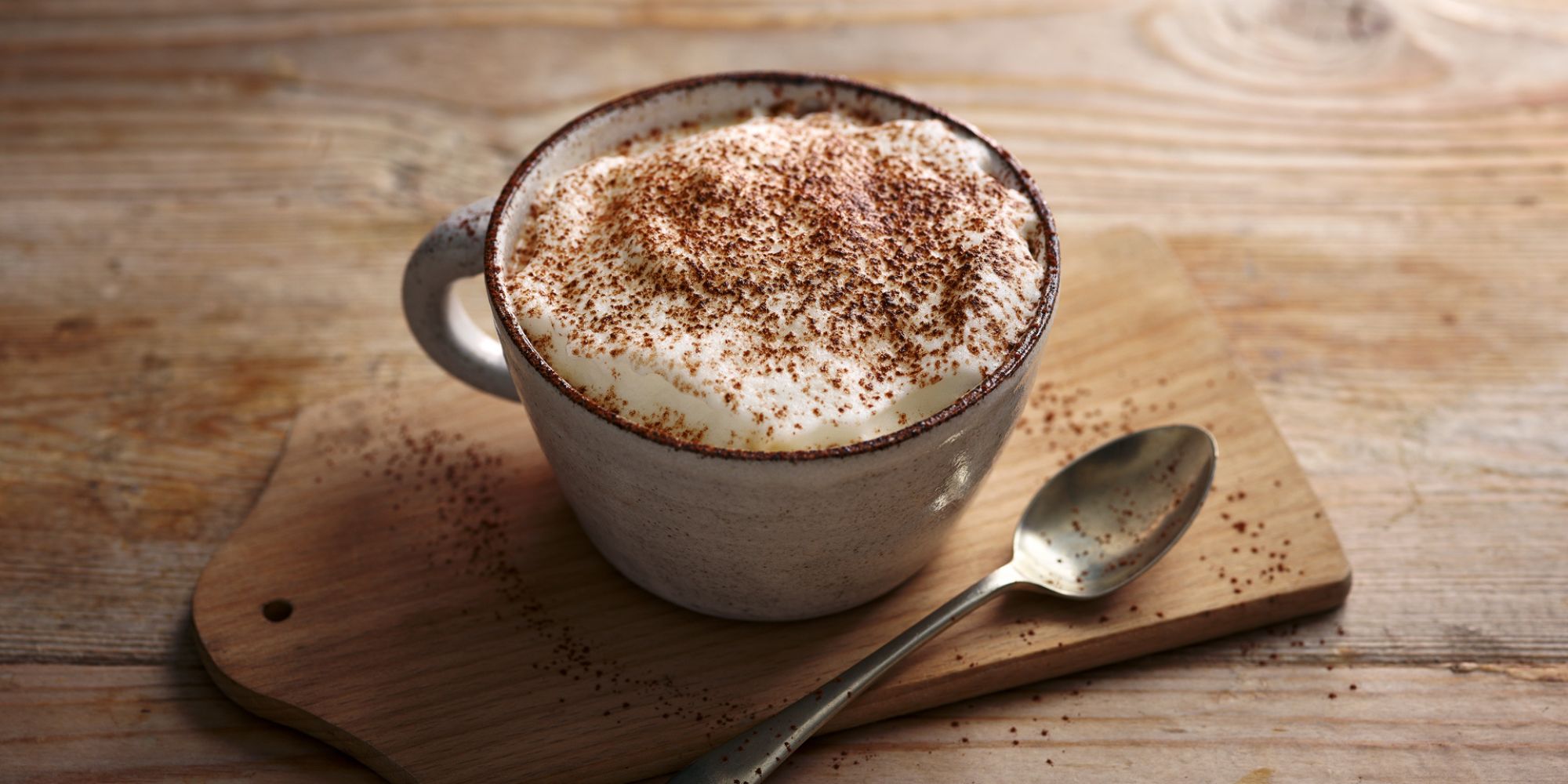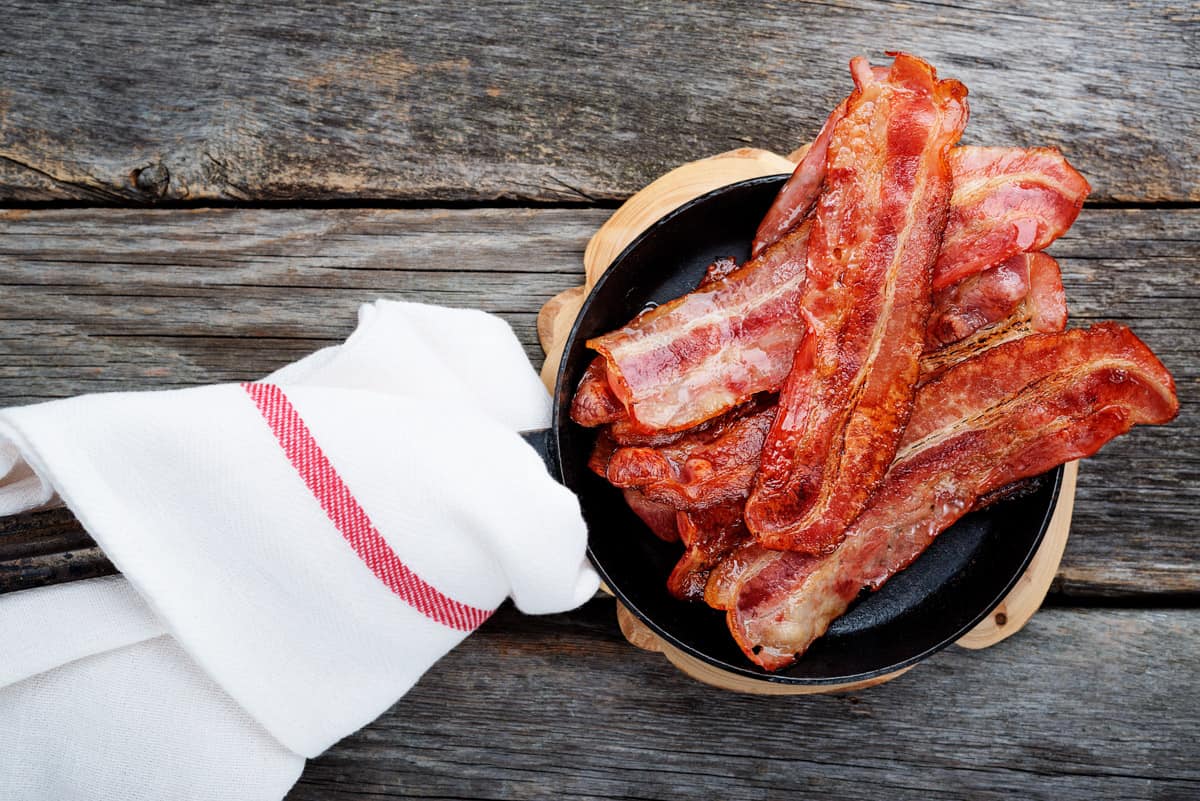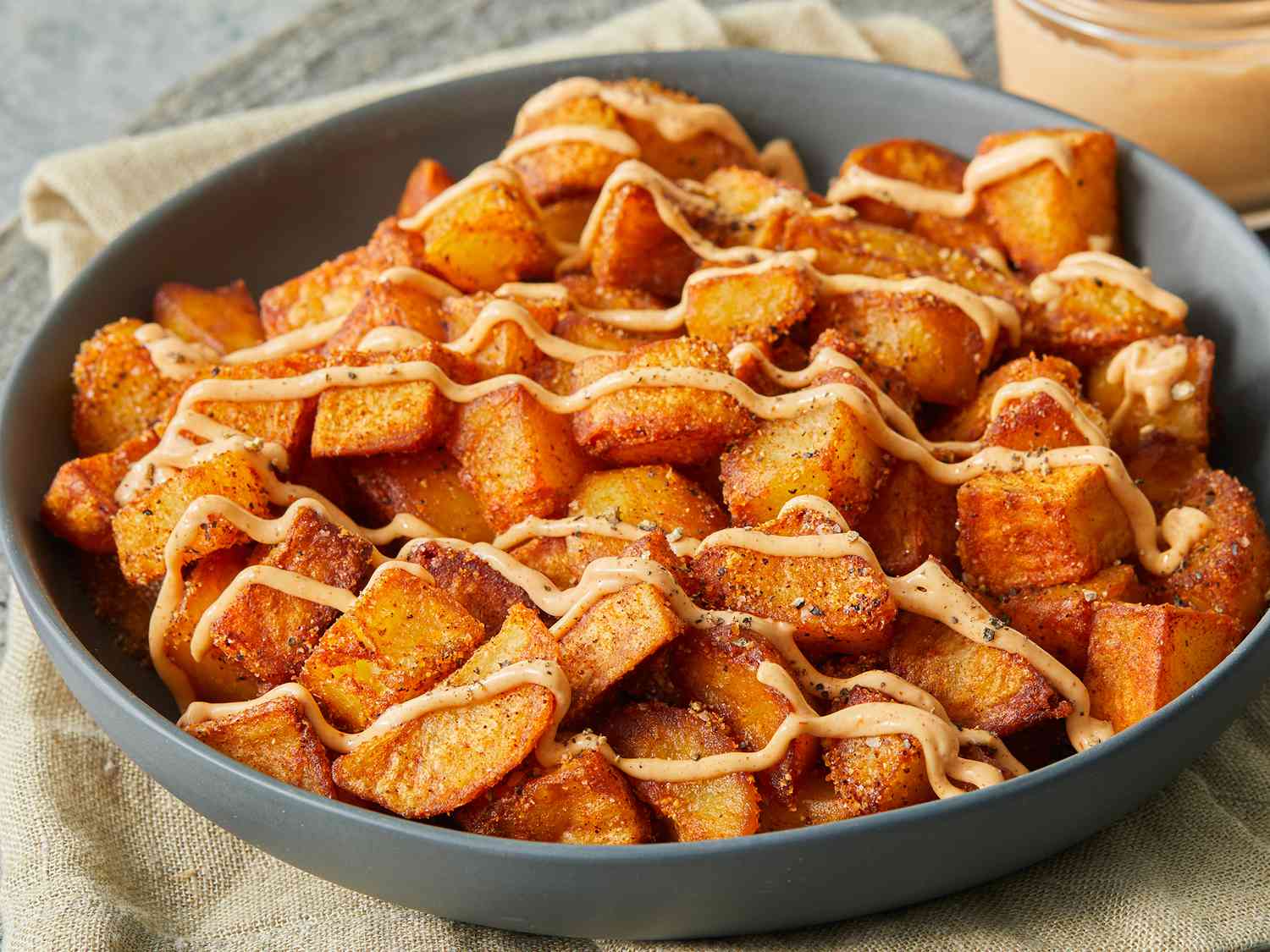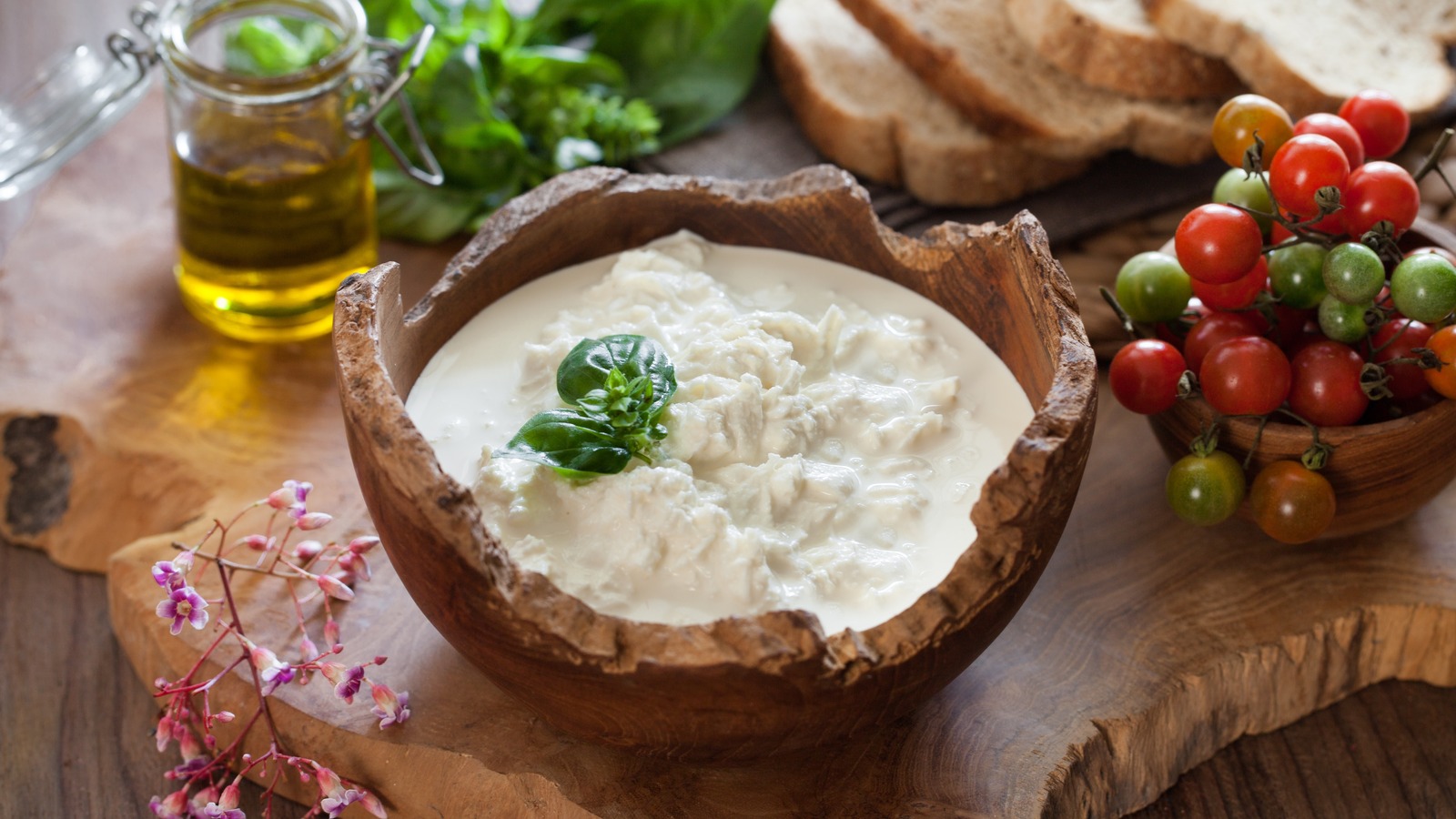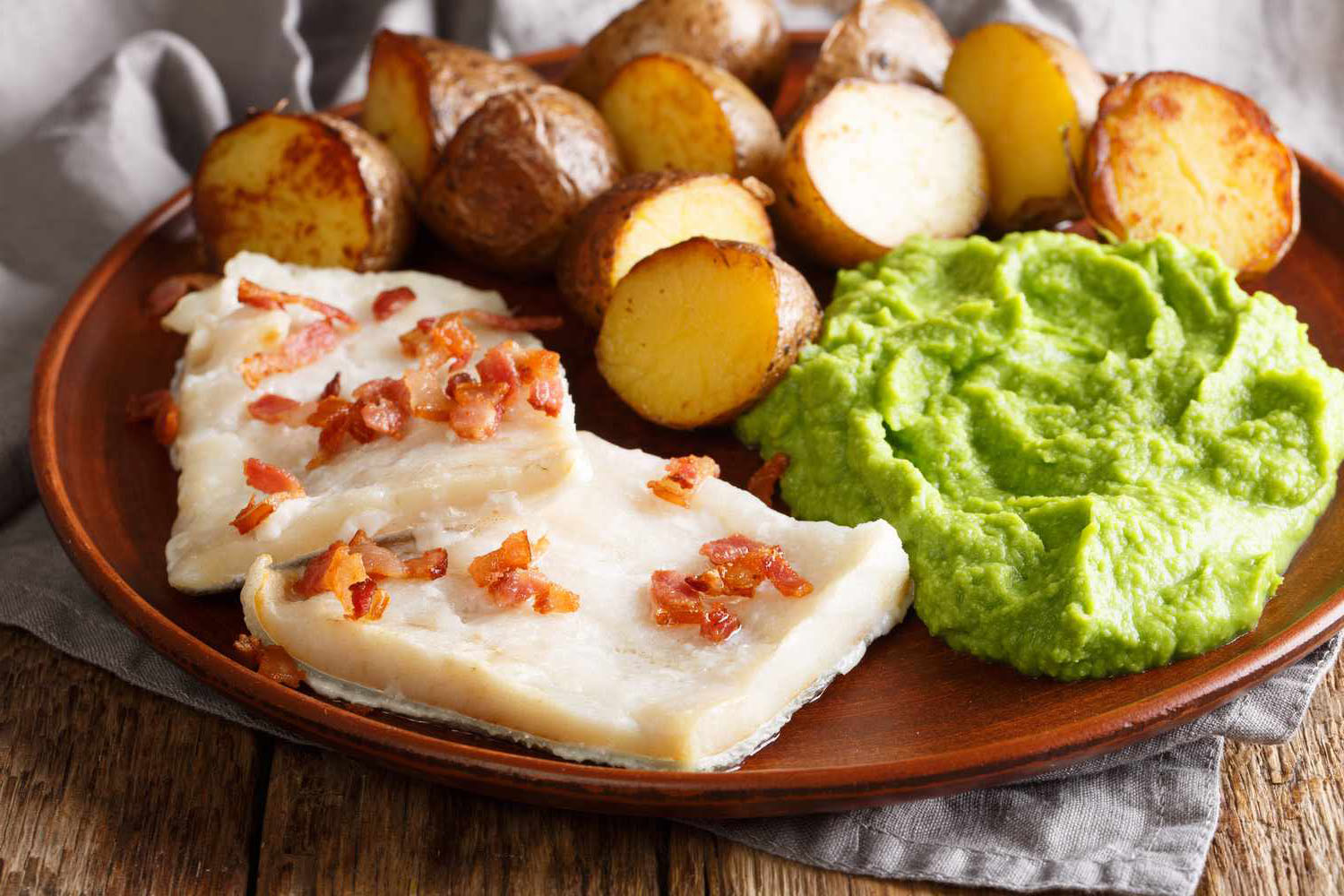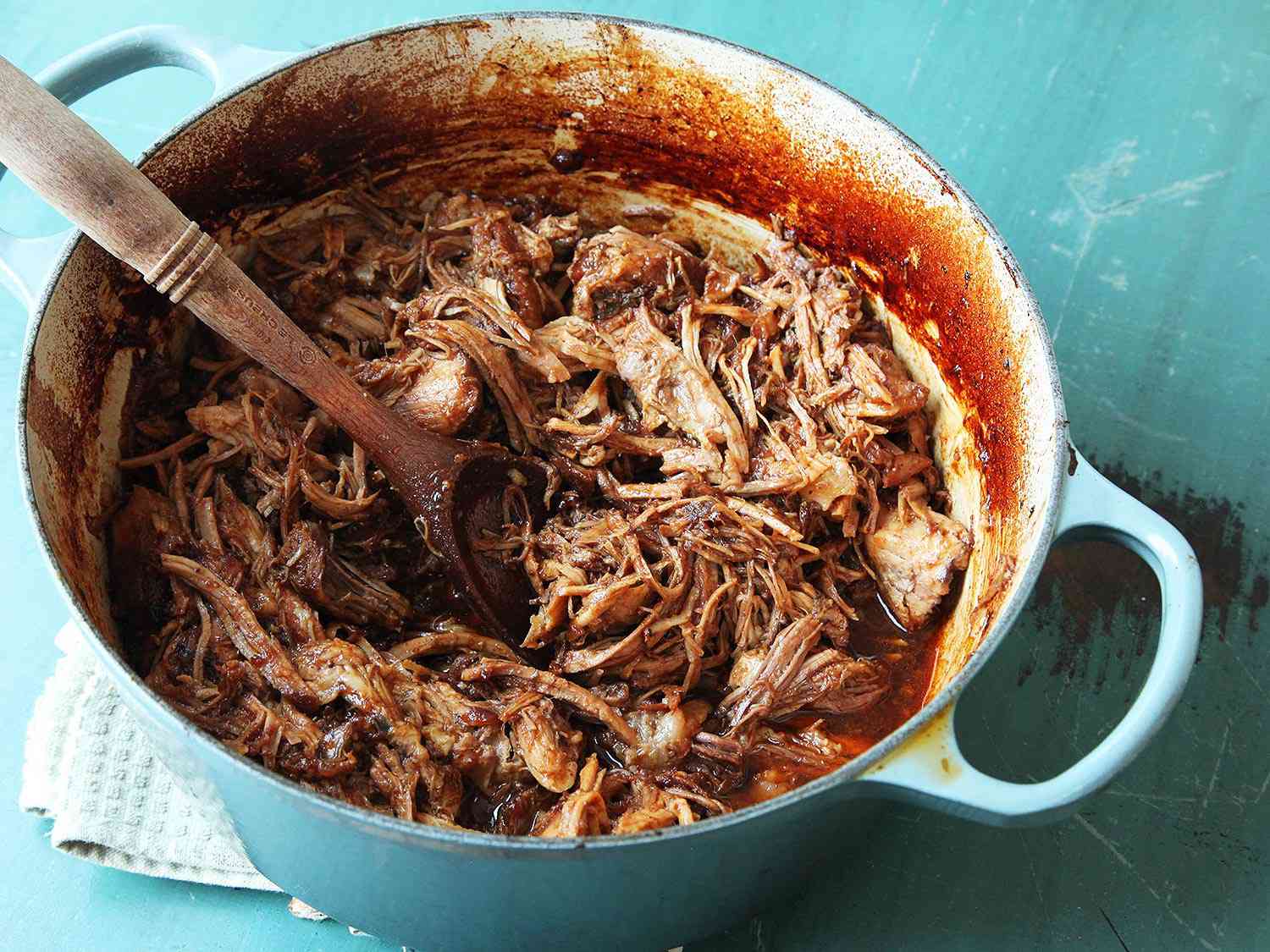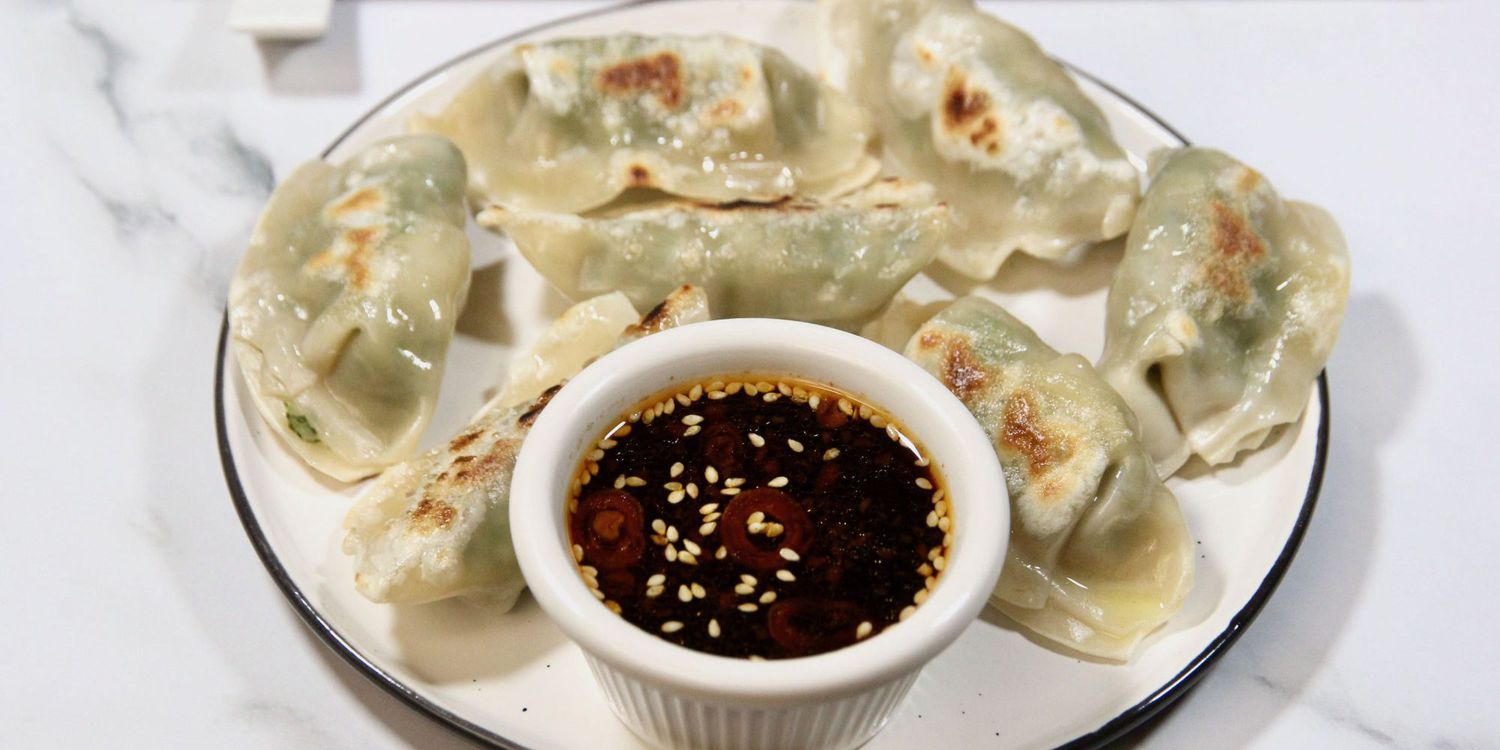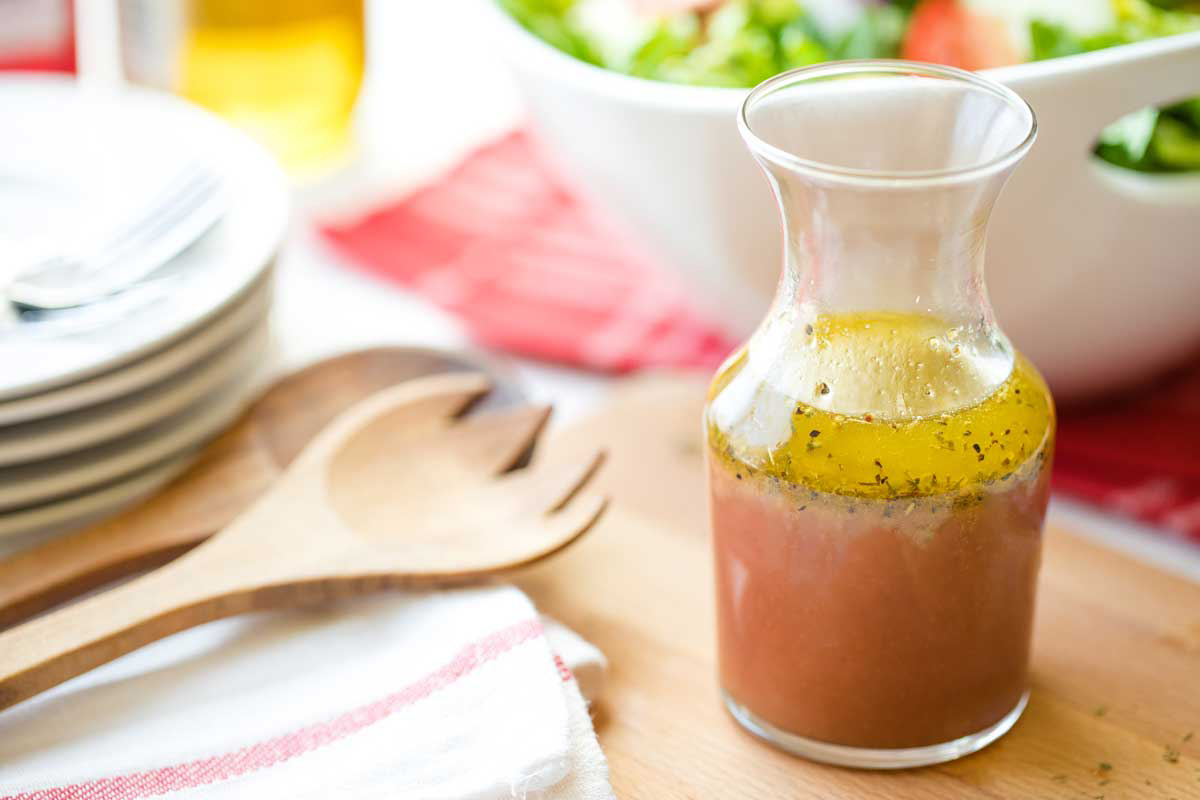Pepperoncini vs. Banana Pepper: Exploring the Differences
When it comes to adding a tangy and slightly spicy kick to your dishes, pepperoncini and banana peppers are two popular choices. While they may look similar, there are some key differences between the two that can impact the flavor of your favorite recipes. Let’s take a closer look at the characteristics of each pepper and explore the unique qualities that set them apart.
Pepperoncini
Pepperoncini, also known as Italian peppers, are small, bright green peppers that are often pickled and used to add a zesty flavor to salads, sandwiches, and antipasto platters. These peppers are typically mild in heat, measuring around 100 to 500 Scoville heat units (SHU). Their flavor is often described as tangy and slightly sweet, with a subtle heat that adds depth to dishes without overwhelming the palate.
Here are some key characteristics of pepperoncini:
- Small, bright green peppers
- Mild heat level (100 to 500 SHU)
- Tangy, slightly sweet flavor
- Commonly pickled and used in Mediterranean cuisine
Banana Pepper
On the other hand, banana peppers are longer and often milder than pepperoncini. They are typically yellow in color, although they can ripen to red if left on the vine for a longer period. Banana peppers are also commonly pickled and used in a variety of dishes, adding a subtle heat and tangy flavor to sandwiches, pizzas, and salads.
Here are some key characteristics of banana peppers:
- Longer, often yellow peppers
- Mild heat level (0 to 500 SHU)
- Tangy flavor with a hint of sweetness
- Commonly pickled and used in sandwiches and salads
Key Differences
While both pepperoncini and banana peppers share some similarities, such as their tangy flavor and common use in pickled form, there are several notable differences between the two:
- Size and Shape: Pepperoncini are typically smaller and rounder, while banana peppers are longer and often curved, resembling the shape of a banana.
- Heat Level: Pepperoncini generally have a slightly higher heat level, ranging from 100 to 500 SHU, compared to the milder 0 to 500 SHU of banana peppers.
- Color: Pepperoncini are bright green, while banana peppers are typically yellow, with the potential to turn red as they ripen.
- Flavor Profile: While both peppers offer a tangy flavor, pepperoncini are often described as slightly sweeter, while banana peppers may have a milder, more subtle taste.
How to Use Them
Both pepperoncini and banana peppers can be used in a variety of ways to enhance the flavor of your favorite dishes. Here are some popular ways to incorporate these peppers into your cooking:
- Add them to sandwiches and wraps for a tangy kick.
- Slice and sprinkle them over pizzas for a pop of color and flavor.
- Include them in salads and antipasto platters for an extra layer of zing.
- Use them to create homemade pickled peppers for a versatile condiment.
Whether you prefer the slightly sweeter tang of pepperoncini or the milder, more elongated profile of banana peppers, both of these peppers can add a delightful zing to your culinary creations. Experiment with both varieties to discover which one best suits your taste preferences and recipe needs.
Next time you’re browsing the grocery store for peppers, consider picking up a jar of pepperoncini or banana peppers to add a flavorful twist to your meals. With their unique characteristics and versatile uses, these peppers are sure to become a staple in your kitchen.
So, whether you’re reaching for a jar of pickled pepperoncini or banana peppers, you can now confidently appreciate the differences between these two popular peppers and make informed choices for your culinary adventures.
Was this page helpful?
Read Next: What Is A Mooncake?
